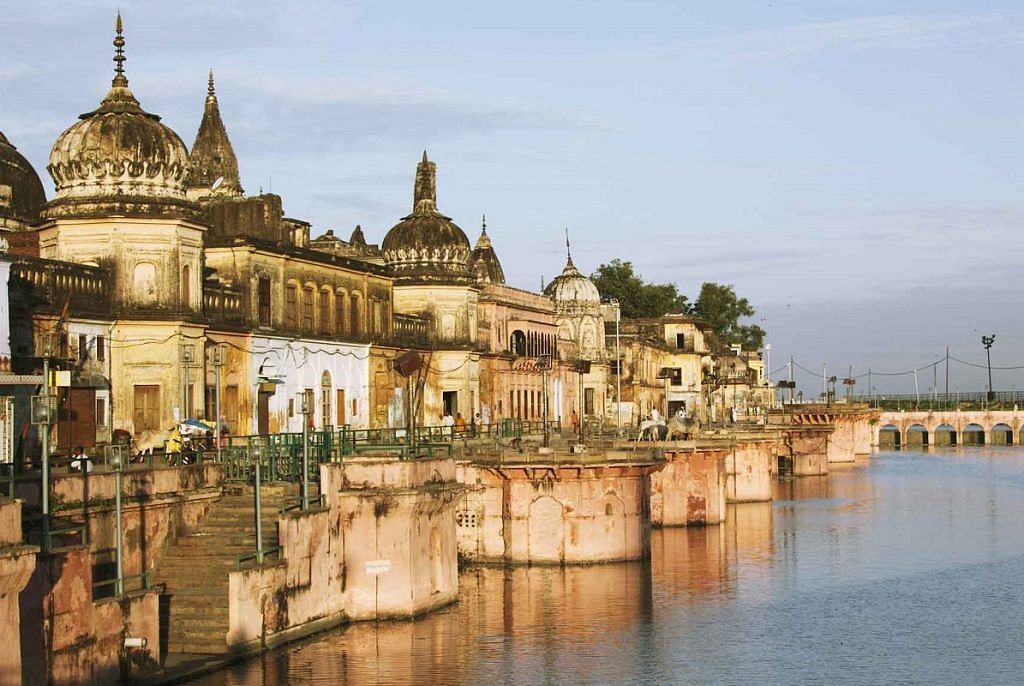Decisions were taken in the first general meeting of the Hindutva outfit after the change of leadership in April this year.
New Delhi: The new leadership of the Vishwa Hindu Parishad has passed a resolution on building the Ram temple in Ayodhya and decided to move the Supreme Court for day-to-day hearings in the matter.
“On 6 July, the Supreme Court will hear the Ram Mandir case. We will request the apex court to begin day-to-day hearings of the case soon,” said Milind Parande, the newly appointed VHP’s secretary general.
The decisions were taken in the first general meeting of the Hindutva outfit after the change of leadership early this year.
In April, former Rajasthan High Court judge V.S. Kokje was elected as VHP international president. He had defeated former VHP chief and Hindutva leader Praveen Togadia’s aide Raghav Reddy.
Parande said the Ram temple will be built by the stones that are being procured for this purpose and at the same site.
“Ram mandir banega, yeh baat bhi patthar ki lakeer hai” (the Ram temple will be built at any cost), he added.
Parande said this resolution will also be passed at the ‘Dharam Sansad’, a gathering of major Hindu organisations, likely to be held in Allahabad early next year.
Coming ahead of the general election, the move is seen as an attempt to further consolidate Hindu votes in favour of the BJP.
‘Christians backing Pathargarhi movement’
Parande claimed the ‘Pathargarhi’ movement, being carried out by the tribals in Jharkhand and Chhattisgarh, has the backing of retired government officials who are Christians.
“The Pathargarhi movement is being controlled from behind the scenes by retired Christian officials. They are the ones who are telling the tribals that they are not Hindus and this is very dangerous,” Parande said.
Pathargarhi is a social and cultural practice of lining rocks from the village graveyard/cremation ground to its boundary with messages inscribed on them announcing that outsiders are not allowed in, if their presence could potentially disturb the peace in the village.
The movement advocates providing more rights to panchayats, placing tribal-dominated villages under the fifth schedule of the Constitution, (creation of an alternative or special governance mechanism in notified districts in certain states barring the northeast), among others.
Pranade demanded that the alleged involvement of retired Christian officials in the Pathargarhi movement be probed.
On Kashmiri Hindus
Parande said Kashmiri Hindus had to be displaced in their own country, which according to him, is a “black spot in the history of independent India”.
“They should return to their homes and we are trying to ensure this,” he said.
